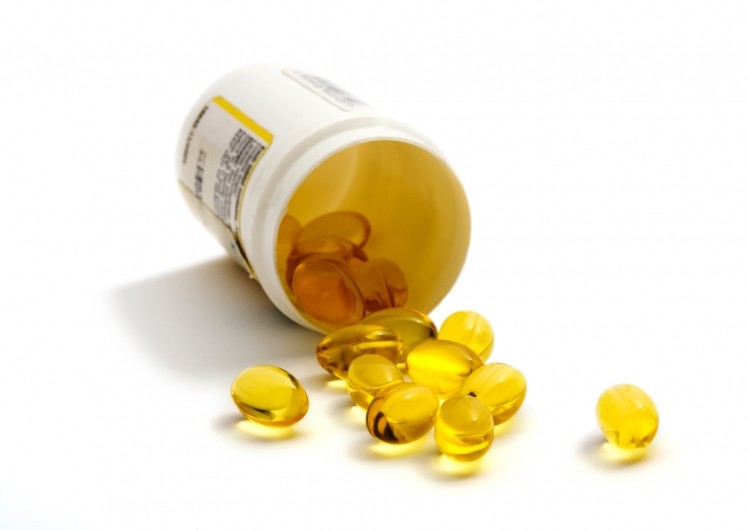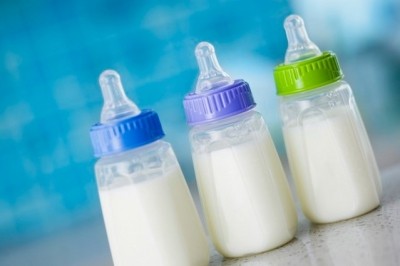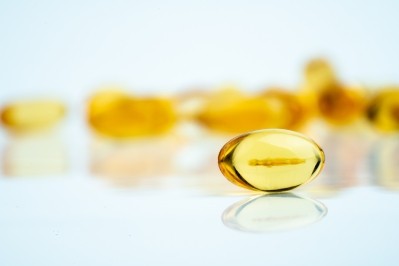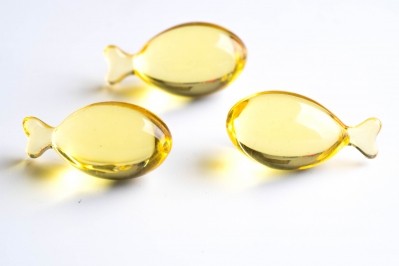Label compliance not enough in fish oil supplement quality checks, claims study

The global omega-3 supplement market size was valued at USD 5.18 billion in 2019, and is expected to expand at a compound annual growth rate of 8.4% from 2020 to 2027. Italy is the leading consumer of food supplements in Europe with a market share of 23% and a turnover of EUR 3.3 billion in 2018.
Despite this, scientific works aimed at controlling the quality of these products are scarce, according to the authors of the current study, and data exist for only six countries in the world: Australia, Brazil, Finland, New Zealand, Poland, and the USA.
Kleiner et al. analysed 47 commercial omega-3 supplements and found that over 70% of the samples tested did not contain the stated label amount of EPA or DHA, similarly Ritter et al., found half of the supplements did not meet the label claims.
Producing a quality omega-3 supplement involves accurate purification steps through which free fatty acids, heavy metals, coloured compounds, and other contaminants are removed. However, such processes are potentially expensive and some companies may choose not to carry them out while still remaining in compliance with what is declared on the label for EPA and DHA. But the health impact of a non purified supplement may be different.
In the present investigation, three popular brands of fish oil supplements available on the Italian market were analysed to measure their EPA and DHA levels as well as other contaminants.
Results
A good purification process was observed for supplements 1 and 2, unlike in supplement 3, where the saturated fatty acids (SFAs) were practically at the original average level found in fish oils.
In addition to the significant presence of SFAs, supplement 3 had a total omega-3 content of only 35 mg/100 mg oil compared to 57 and 52 mg/100 mg oil in supplements 1 and 2. The measured EPA content in no. 3 was half that of no. 1 and two-thirds that of no. 2, while the measured DHA content in no. 3 was about two-thirds that of no. 1 and no. 2.
In terms of percentages, the sum of EPA plus DHA represented 58% and 52% of total fatty acids in supplements 1 and 2, respectively, while in supplement 3, it was 32%.
That being said, supplement 3 slightly exceeded the label statement for both EPA and DHA, whereas in supplements 1 and 2, EPA was about 80% of the amount declared, while DHA was 91–98%. This lower quantity than declared is a frequent observation in other studies and these values are still well in compliance with current guidelines.
The authors conclude that apart from a slight difference between the measured and declared content of EPA, supplements 1 and 2 had a higher quality than supplement 3. Supplement 3 also had a higher content of saturated fatty acids, thus suggesting that it had undergone incomplete or no purification.
Furthermore, the authors suggest the lower content of omega-3 in supplement 3 could cause the consumer to take more oil, with possible side effects. They add that the lack of the purification process potentially gives rise to a food safety problem.
"This indicates that compliance with the labelled content of EPA and DHA is not the only parameter to be investigated when fish oil supplements are analysed. Rather, an analysis of the overall composition of fatty acids should be performed.
"The next necessary step of the present study will be a wider campaign of measures, also with the analysis of samples of different types (algae oil, for example), in order to check the extent to which these preliminary conclusions may be extended to the Italian market of omega-3 supplements, namely the commercialization of brands that have not undergone any purification and are available at a lower price. This is an aspect never investigated in other works (value for money)."
Commenting on this study, Gerard Bannenberg, Director of Technical Compliance and Outreach at GOED (Global Organization for EPA and DHA Omega-3s) says the findings were not surprising but the interpretation by the study authors was unexpected.
"Their argument that fish oils would constitute an important source of saturated fatty acids is not heard frequently. The amount of saturated fatty acid a consumer would obtain from a fish oil supplement in absolute terms is very small in comparison to what one obtains from the rest of our normal diet. It felt like the authors were looking to highlight some aspect that could be interpreted as negative after they found that EPA/DHA content claims were actually acceptable."
He notes that this study is a very small one with only three products tested and those products were not named.
"We cannot say if these three products are representative [of the wider European market]. We do know from our own studies and some academic publications that the majority of tested products from select countries meet the label claim for EPA/DHA content."
He adds: "GOED members that bring fish oil products to the market need to abide by the GOED Voluntary Monograph, which stipulates the quality requirements to which our members adhere. The voluntary pledge by producers and retailers to adhere to the association’s quality requirements is how GOED achieves that at least our members offer products that are of good quality. It is extremely rare to find a GOED member product that does not meet the quality for the regulated environmental contaminants. Of course, there are omega-3 supplements on the market from retailers that are not members of GOED, and we do not have any direct influence over their product quality."
Source: Molecules
Nevigato, T., Masci, M., and Caproni, R.
"Quality of Fish-Oil-Based Dietary Supplements Available on the Italian Market: A Preliminary Study"














